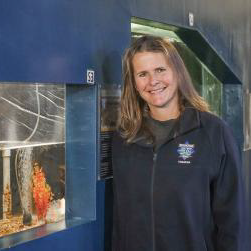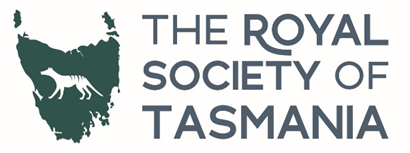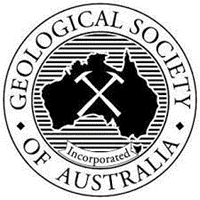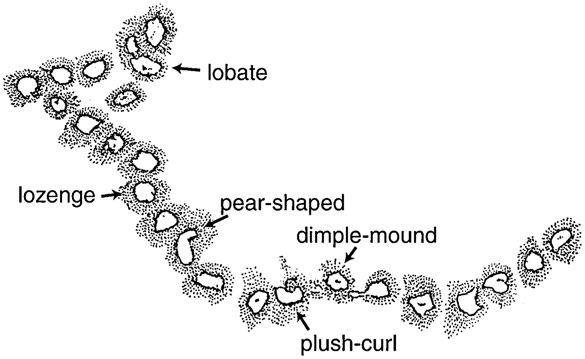The Northern Branch of The Royal Society of Tasmania invites you to our next public lecture by Mrs Rachelle Hawkins on 23 March 2025, in the Meeting Room, Queen Victoria Museum and Art Gallery (QVMAG) at Inveresk, Launceston.
All RST members, their guests, and the public are welcome.
Admission is free for RST members. Admission is $6 for the general public, admission is $4 for students, QVMAG or TMAG Friends, and members of the Launceston Historical Society.
When: 1:30 pm Sunday 23 March 2025, following the AGM being held at 1:15 pm.
Where: Meeting Room, QVMAG at Inveresk.
From humble beginnings in an empty warehouse on a wharf, Seahorse Australia began as a controversial pilot project, aiming to commercialise the pioneering research carried out at Launceston’s Key Centre for Aquaculture. 27 years later, the business has grown to become not only a respected supplier of seahorses, but also a popular tourist attraction. The jewel in the crown, however, is the exciting work being conducted in partnership with CSIRO and UTAS to breed and research the critically endangered handfish and release them into the wild.

Rachelle Hawkins grew up in rural NSW where she completed a BSc at Newcastle University before getting married. Rachelle and Craig moved to Launceston where Rachelle studied a graduate diploma in Aquaculture. On graduating, she was fortunate to become the first senior biologist at the new seahorse farm under the tutelage of Em Prof Nigel Forteath when the farm opened in 1998. Rachelle and Craig purchased the seahorse farm when it came up for sale in 2002, and purchased Seahorse World in 2010.
Generously supported by




